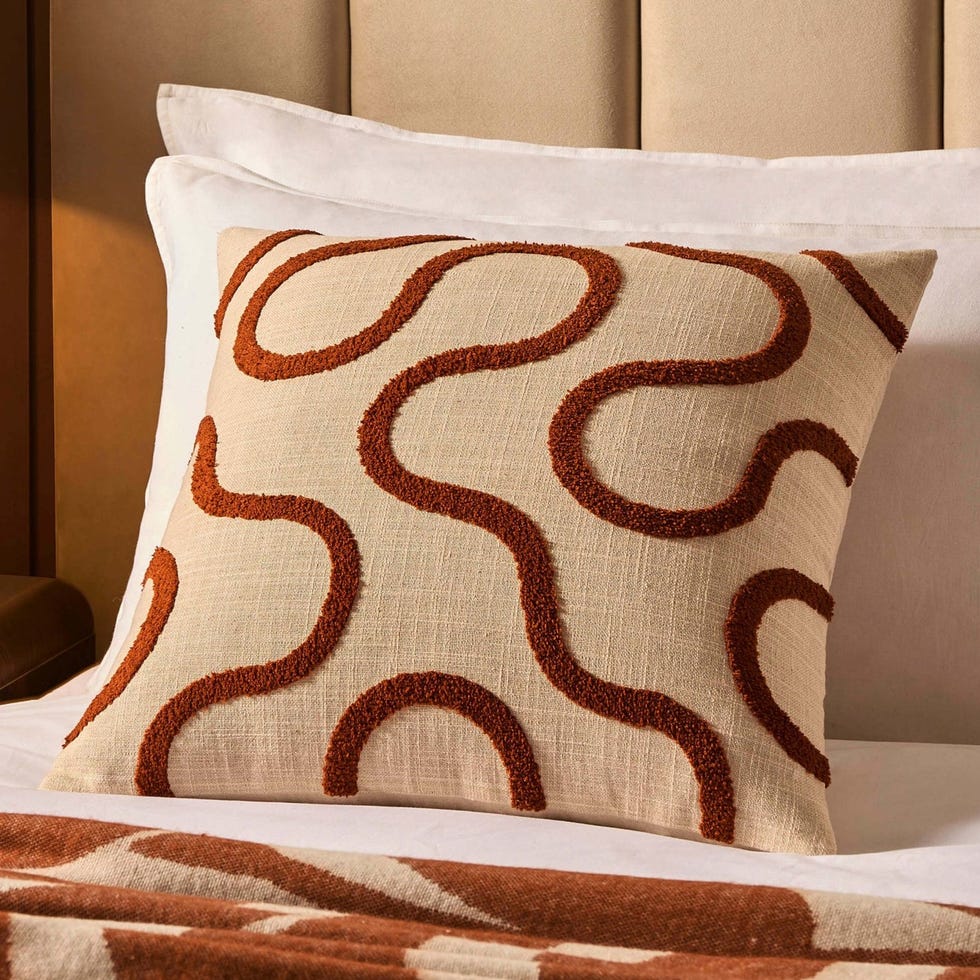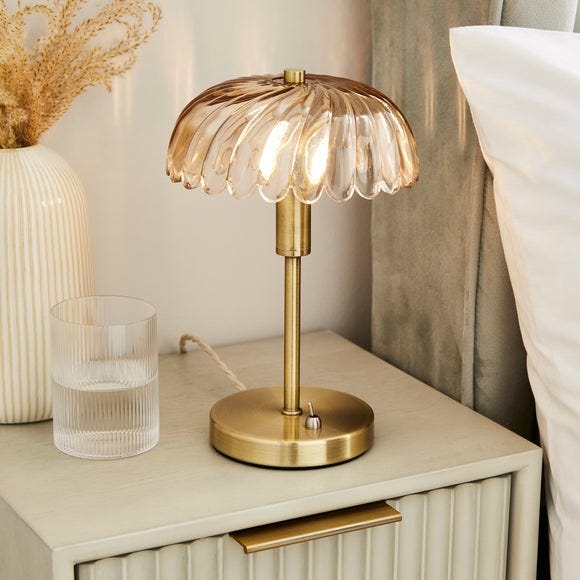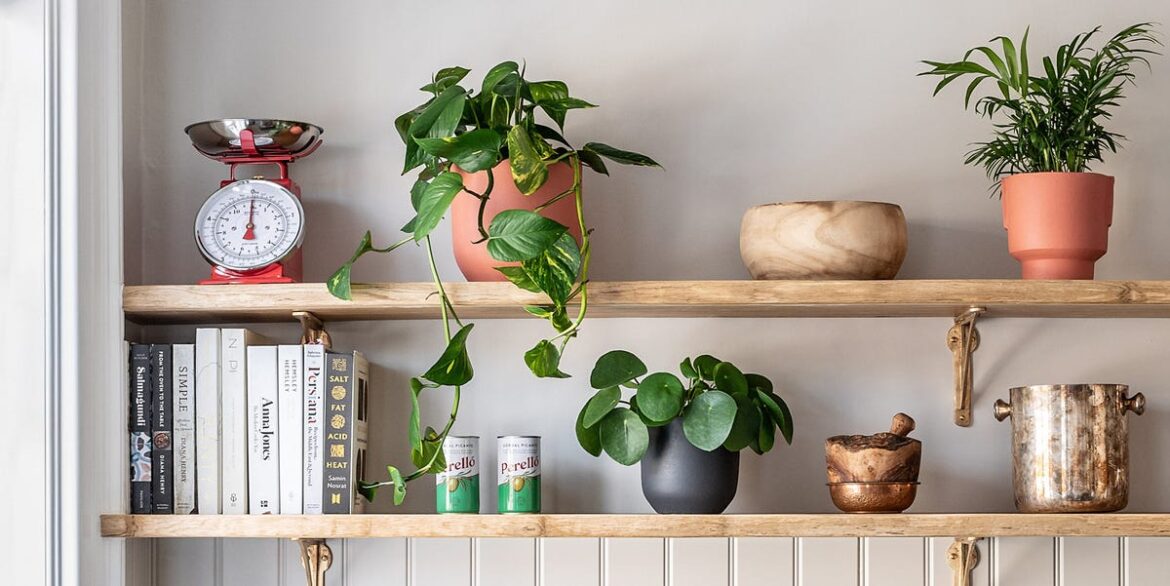As the cold weather sets in, your indoor plants may be dealing with more stress than you realise. In fact, there’s one common mistake many people make without realising it – and it can cause serious long-term damage to your houseplants.
The issue? Placing plants next to heat sources such as radiators, space heaters, or vents. It’s an easy oversight, but constant exposure to hot, dry air can cause plants to dehydrate rapidly, wilt, develop crispy leaf edges, or shed foliage altogether.
Below, we explore why this winter houseplant mistake is so important to avoid, which plants are most vulnerable, and the simple steps you can take to protect them throughout the colder months.
Why you shouldn’t put houseplants near heat sources
While you might enjoy curling up next to the radiator on brisk winter evenings, your houseplants don’t appreciate the warmth nearly as much.
‘Central heating removes humidity from the air, which leads to plants losing moisture faster through their leaves, causing them to dry out and pull water from their roots more quickly,’ explains Helen Nyul, group head of biodiversity at Barratt Homes.
This sudden loss of moisture can result in scorched leaf edges, curling, wilting, and even leaf drop. In some cases, plants may become so stressed that they stop growing altogether.
The houseplants most affected by winter heating
Any plants with thin, delicate leaves – such as ferns and calatheas – are especially vulnerable to this winter houseplant mistake. These varieties rely on consistent humidity to keep their foliage lush, so exposure to hot, dry air can quickly cause them to crisp, curl, or shed leaves.
Even tropical plants, which enjoy warmth, don’t do well with fluctuating heat or dry conditions. ‘Succulents and cacti are a bit more tolerant of dry air, but even they can suffer if they’re placed too close to a direct heat source,’ Helen says. ‘The problem isn’t just the temperature – it’s the lack of humidity that comes with it.’
Orchids, peace lilies, and spider plants are also known to show signs of stress quickly in heated rooms, and prolonged exposure can make a noticeable difference to their overall appearance.
How to protect your houseplants from winter heat and dry air
Leaf Envy
Place vulnerable plants in the kitchen and bathroom during winter
To avoid making this winter houseplant mistake, the most effective step is to reposition your plants, keeping them at least a few feet away from radiators, heaters, and vents. If your plant is already showing signs of stress — such as brown tips or crispy leaves — trim away the damaged areas and move it as soon as possible.
‘Grouping plants helps create a mini microclimate with higher humidity, and placing them in naturally humid rooms like the kitchen or bathroom can help too,’ Helen suggests.
While a humidifier is a simple way to boost moisture levels in the air, you can also increase humidity by placing bowls of water near heat sources or misting your plants regularly. Both are budget-friendly tricks that can make a big difference during the colder months.
Follow House Beautiful on TikTok, Instagram and Pinterest
The Cosy Edit Soft Cosy Boucle Lucca Swivel Accent ChairCredit: Next
Soft Cosy Boucle Lucca Swivel Accent ChairCredit: Next Structured Fluffy Blanket
Structured Fluffy Blanket Tufted Swirl Cushion CoverCredit: Dusk
Tufted Swirl Cushion CoverCredit: Dusk Winter Twirls and Swirls CandlesCredit: Oliver Bonas
Winter Twirls and Swirls CandlesCredit: Oliver Bonas Cosy Club Slogan MugCredit: M&S
Cosy Club Slogan MugCredit: M&S Lucille Glass Table LampCredit: Dunelm
Lucille Glass Table LampCredit: Dunelm


Comments are closed.